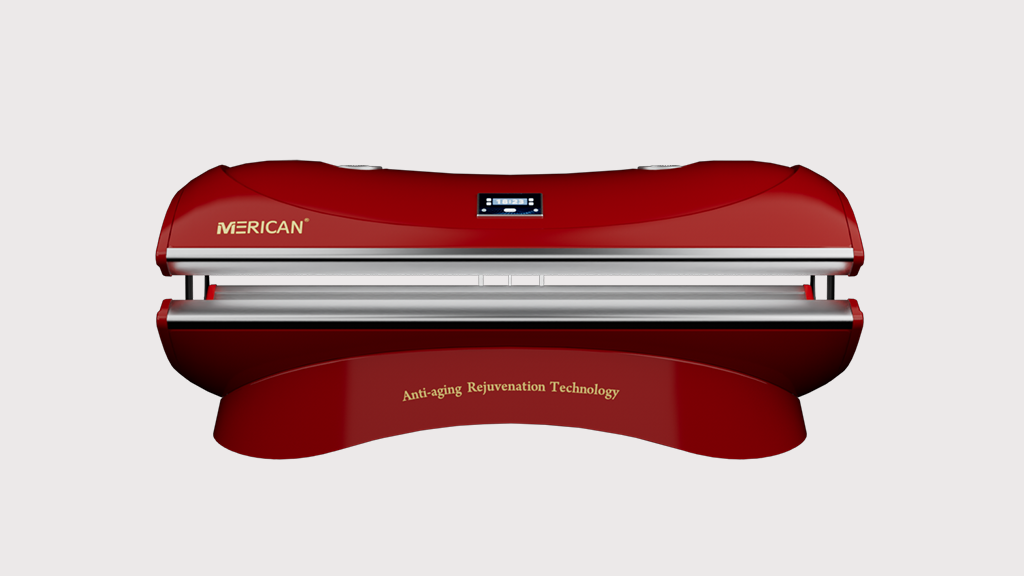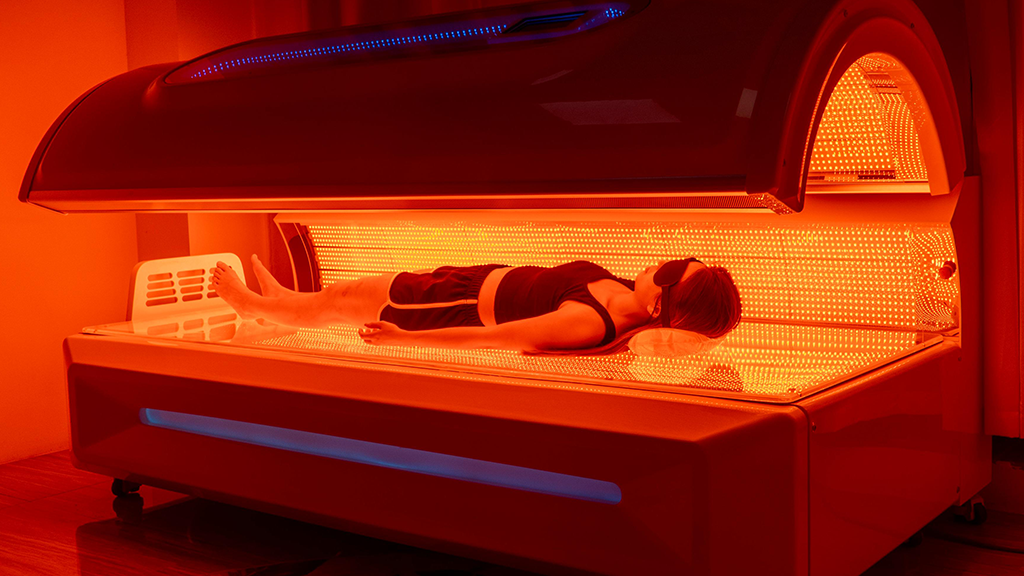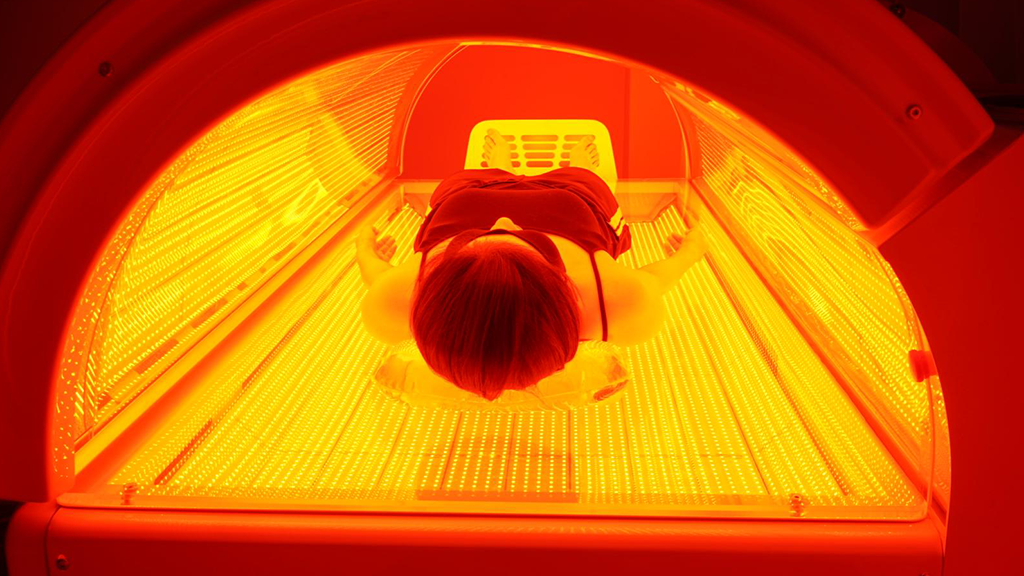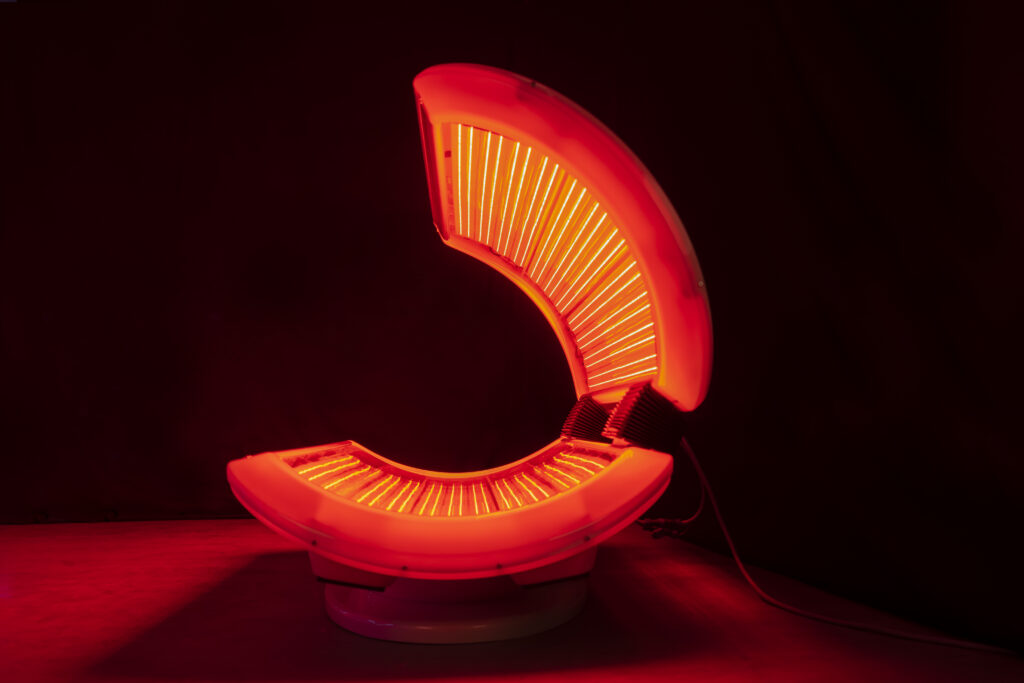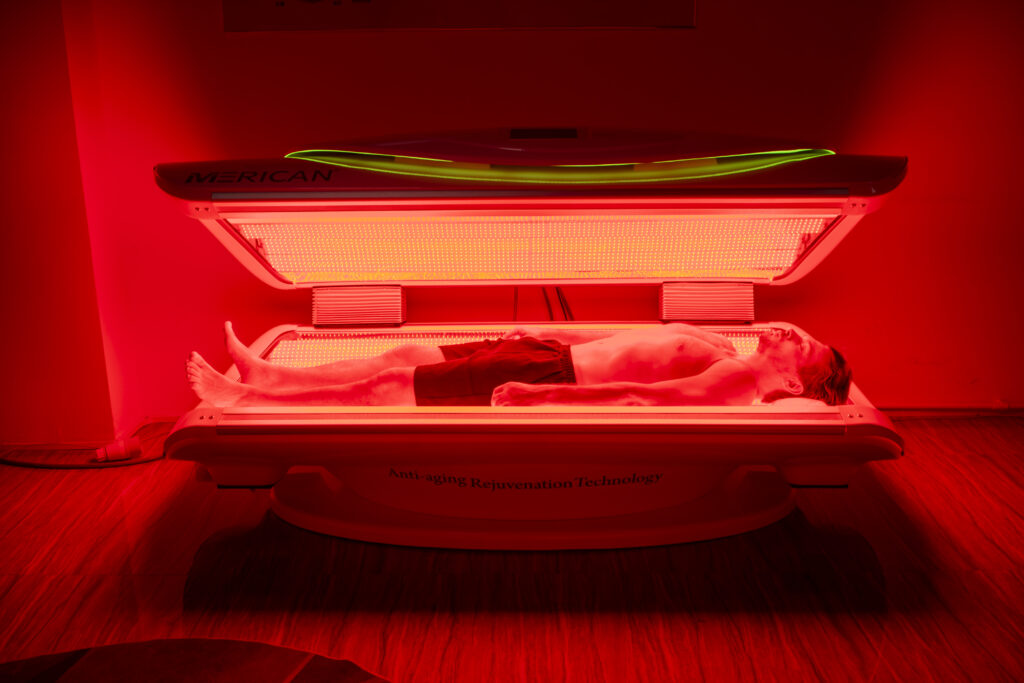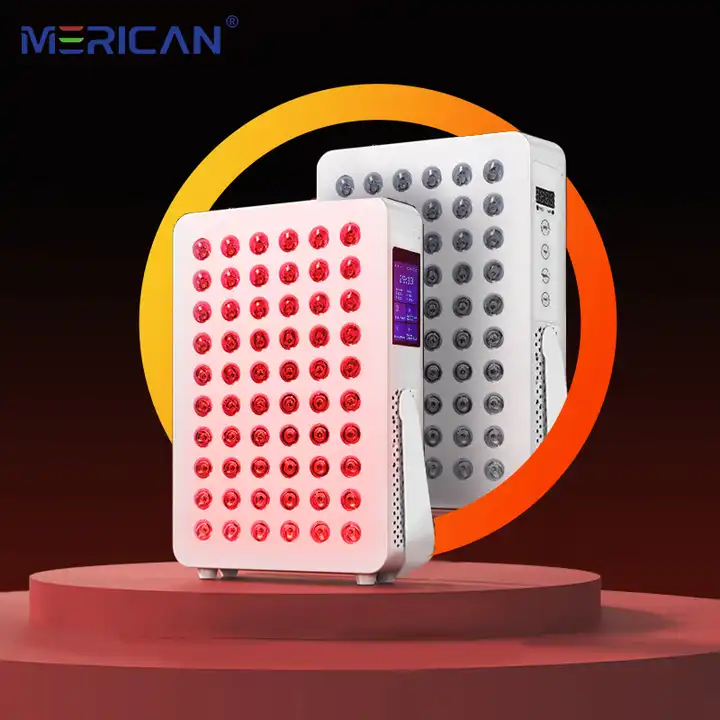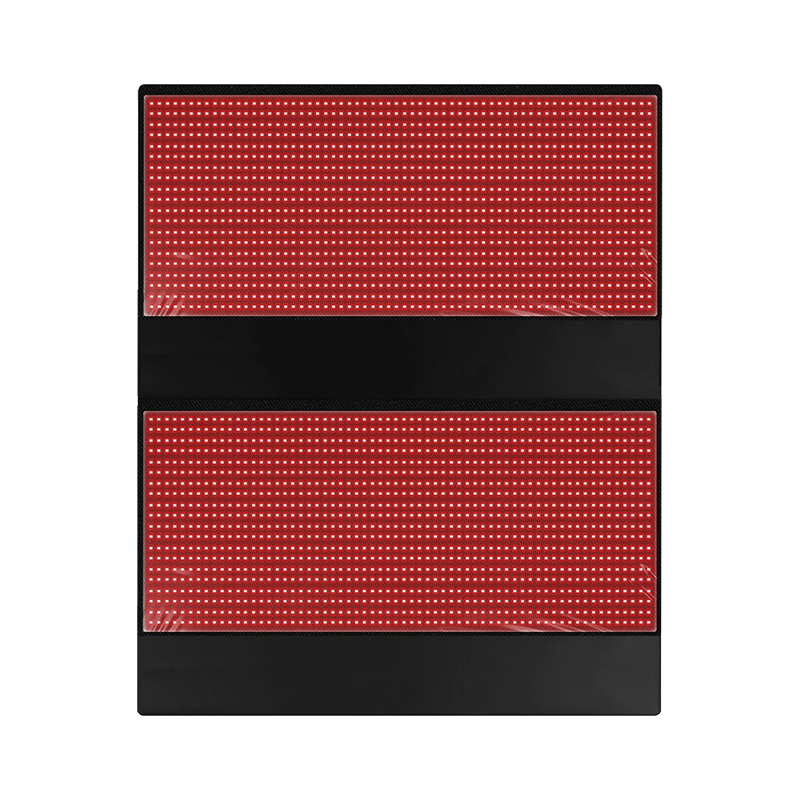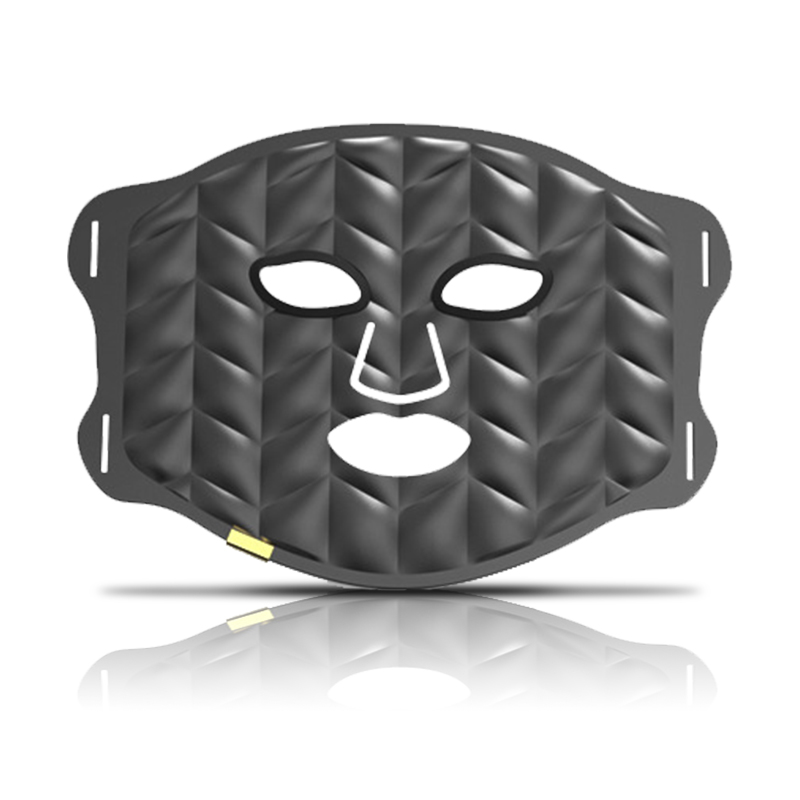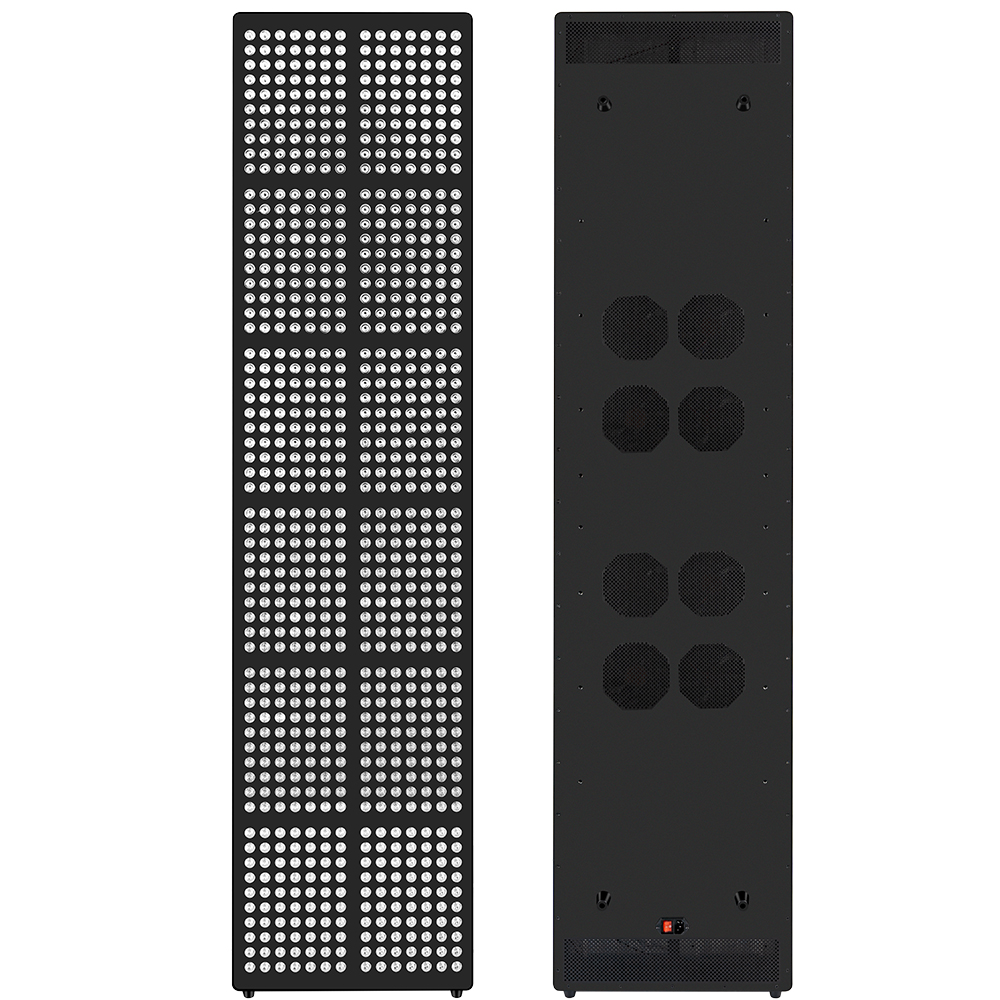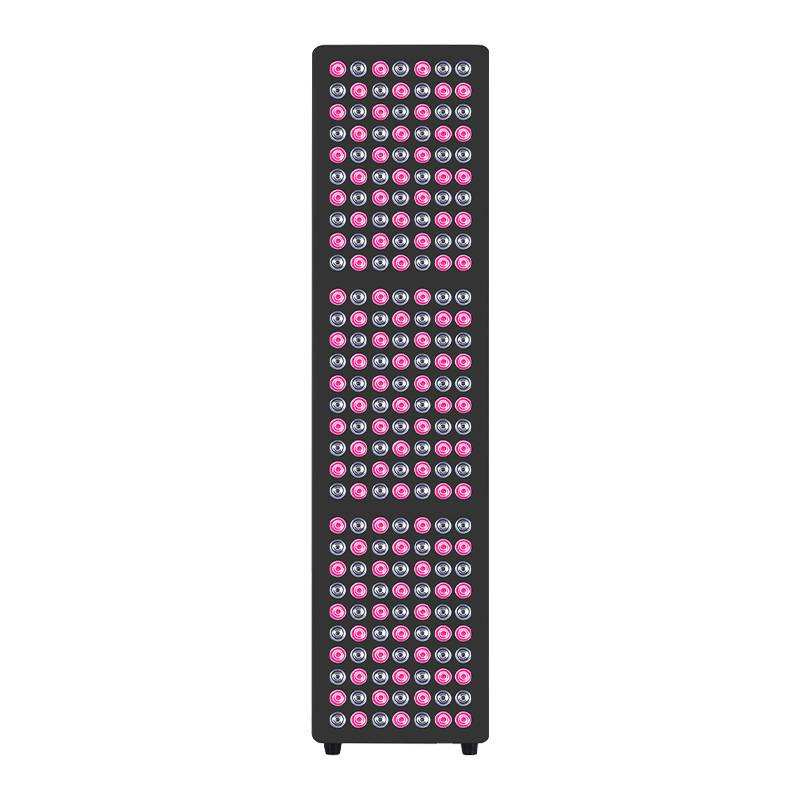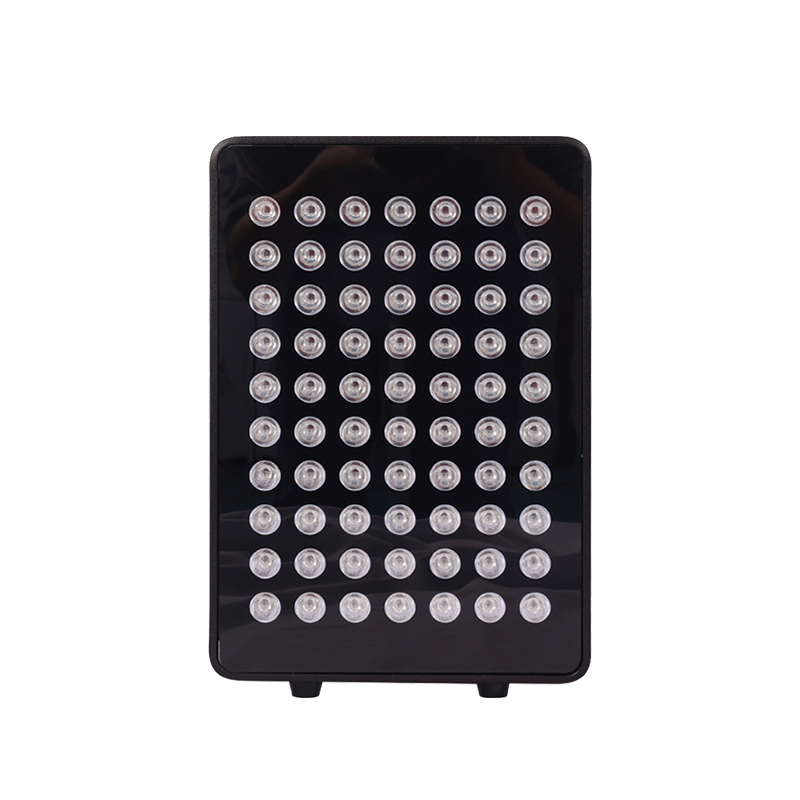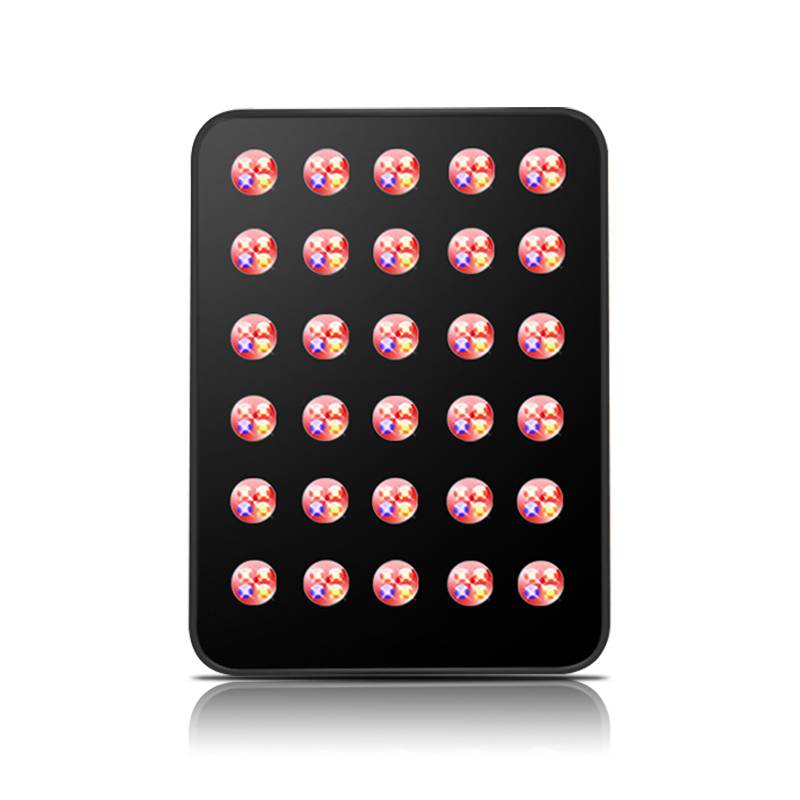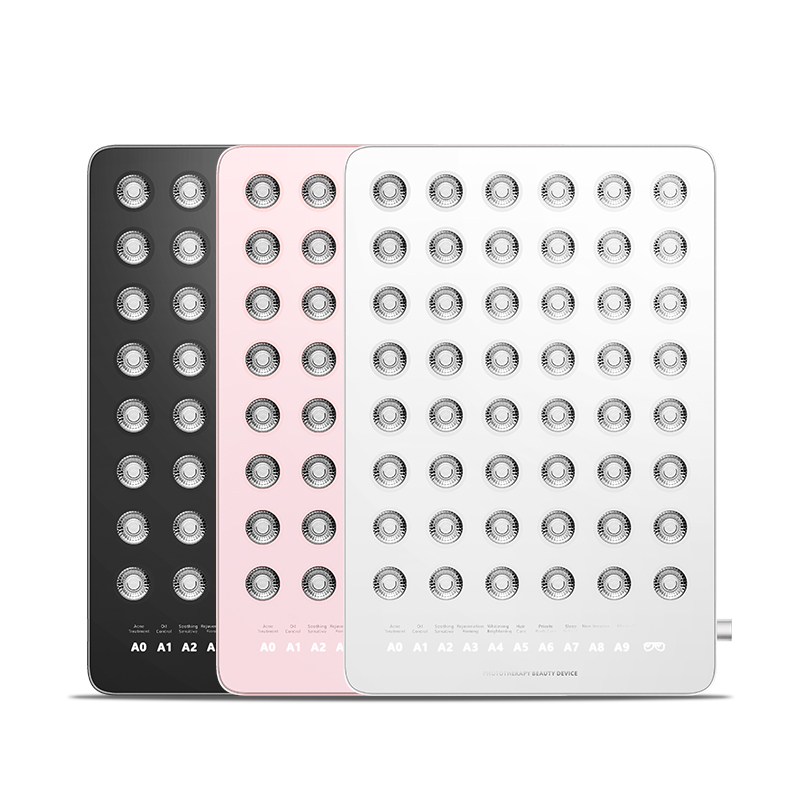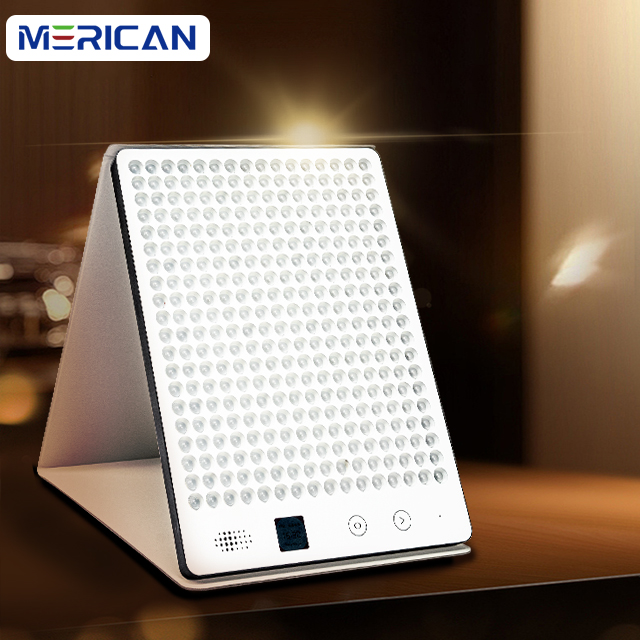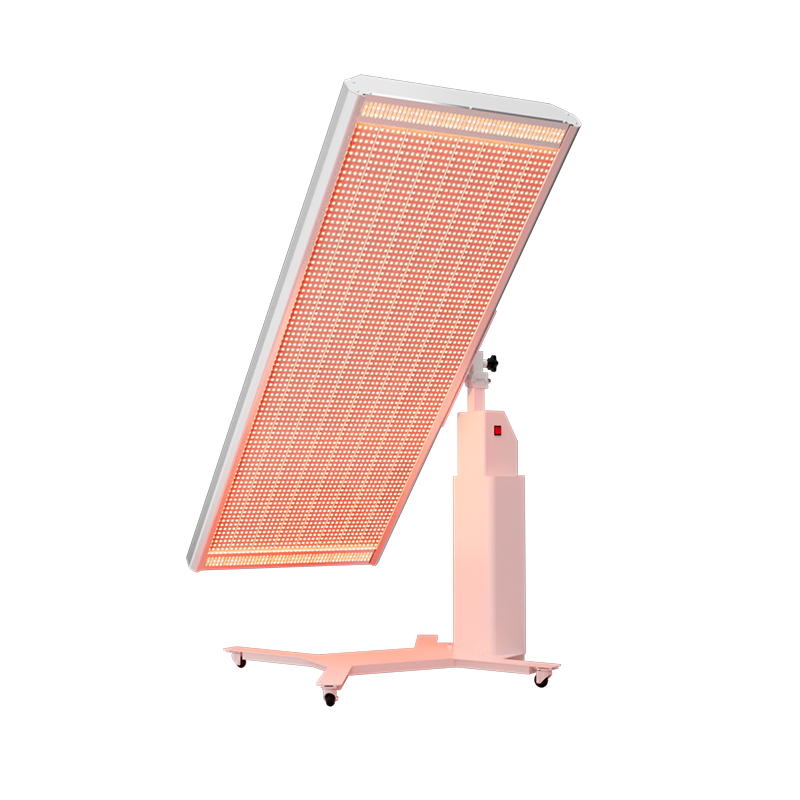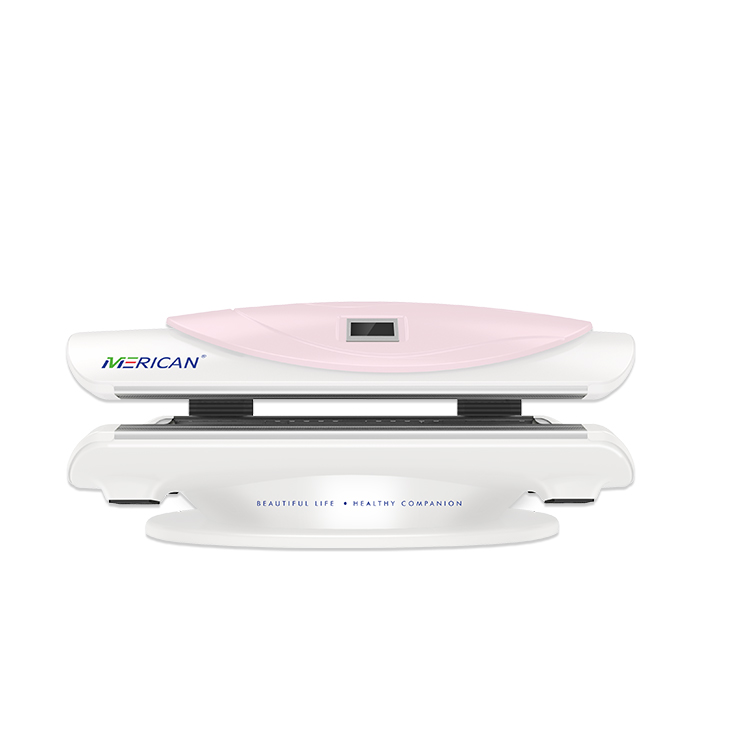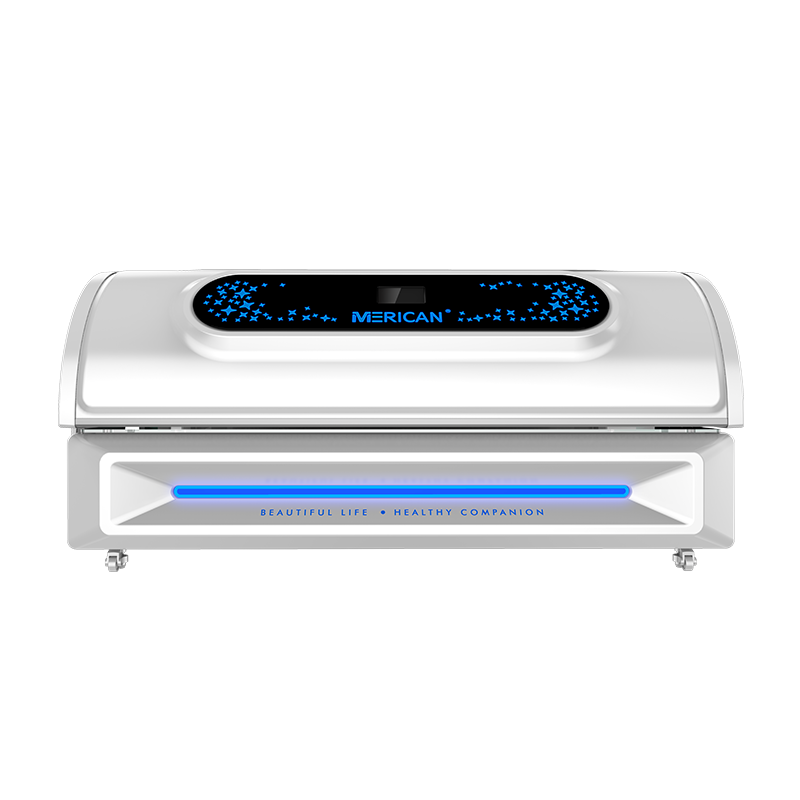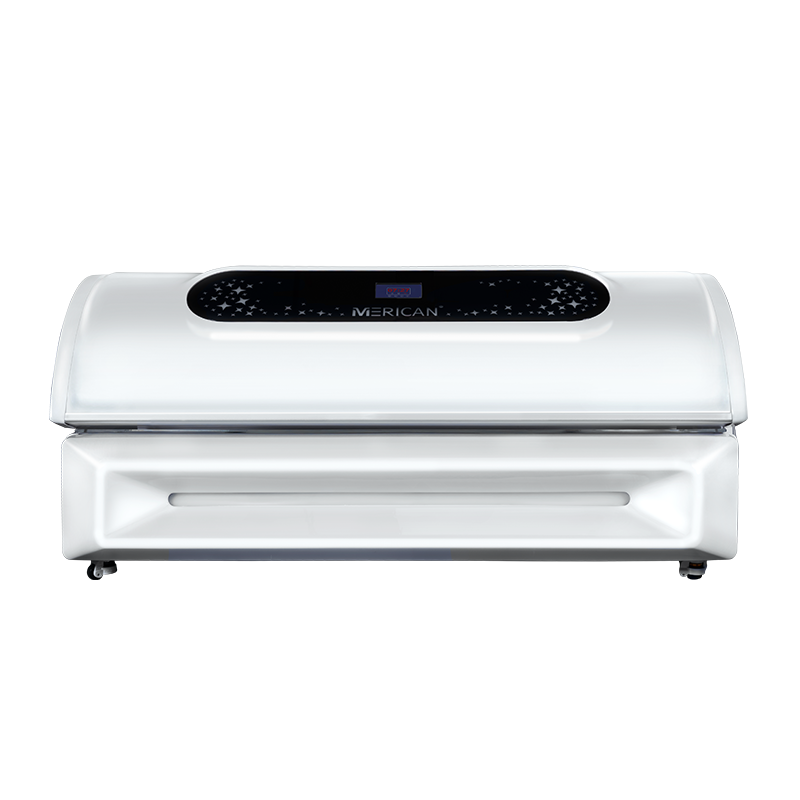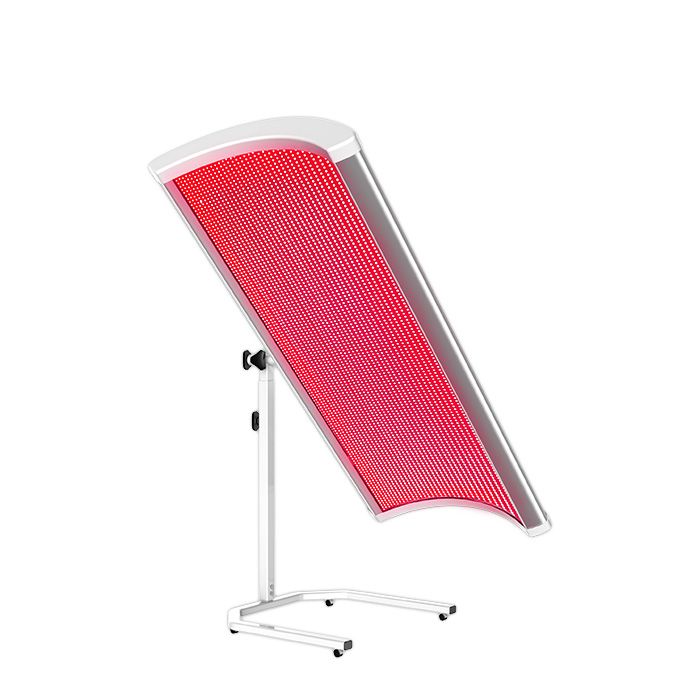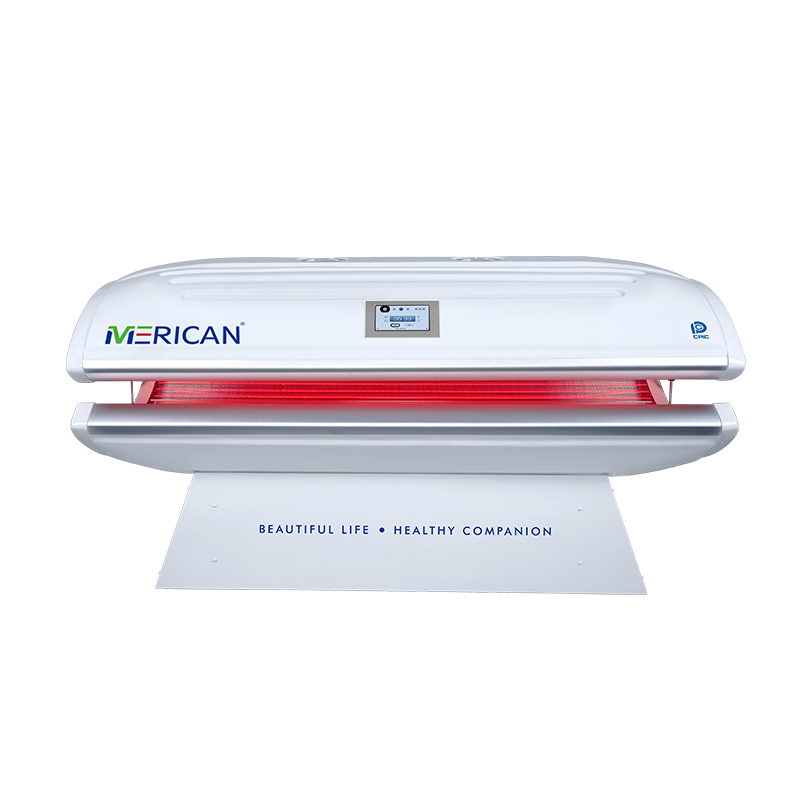Terapia de luz roja (RLT), también conocido como terapia de luz de bajo nivel (LLLT) o fotobiomodulación, uses specific wavelengths of red and near-infrared light (usually 630–660 nm for red and 810–850 nm for near-infrared) to stimulate cellular processes, accelerate healing, and improve overall tissue function.
It is backed by decades of research in dermatology, medicina deportiva, and regenerative medicine.
Cómo funciona la terapia de luz roja
RLT works at the nivel celular, primarily affecting the mitocondrias — the “powerhouse” of cells.
- Photon absorption:
- Red and near-infrared photons penetrate skin and tissues.
- Cells absorb these photons through citocromo c oxidasa, an enzyme in the mitochondrial respiratory chain.
- Mayor producción de ATP:
- Photon absorption stimulates mitochondria to produce more atp (adenosina trifosfato) — the energy molecule of cells.
- More ATP means cells have more energy to repair, regenerate, and function efficiently.
- Cellular signaling & gene expression:
- RLT modulates reactive oxygen species (Rosa) and nitric oxide (NO) en las celdas.
- This reduces inflammation, mejora la circulación, and activates repair genes.
Biological Effects of Red Light Therapy
| Efecto | Cómo funciona | Beneficios |
|---|---|---|
| colágeno & elastin stimulation | Activates fibroblasts | Firmer, tighter, younger-looking skin |
| Curación de heridas & reparación de tejidos | Increases ATP & circulación sanguínea | Faster recovery from injuries, cicatrices, and burns |
| Inflamación reducida | Modulates ROS & inflammatory cytokines | Eases arthritis, dolor muscular, and inflammatory skin conditions |
| Alivio del dolor | Improves circulation and nerve function | Helps chronic pain, incomodidad conjunta, and post-exercise soreness |
| Enhanced circulation | Increases nitric oxide and microvascular flow | Improves oxygen & nutrient delivery, supports tissue repair |
| Hair growth stimulation | Activates follicle cells | Helps androgenic alopecia or hair thinning |
Profundidad & Wavelength Matters
- Luz roja (630–660 nm): Penetrar superficial layers (~5–10 mm) — ideal for skin, colágeno, y pigmentación.
- Infrarrojo cercano (810–850 nm): Penetrar tejidos más profundos (~30–50 mm) — effective for joints, musculatura, tendones, and nerve repair.
Most clinically effective devices combine both red and near-infrared wavelengths to target surface and deep tissues simultaneously.
Supporting Scientific Evidence
- Rejuvenecimiento de la piel: Multiple studies show arrugas reducidas, improved skin elasticity, and faster healing of scars.
- Dolor & inflamación: Randomized trials demonstrate reduced joint pain and stiffness in arthritis and tendonitis.
- Curación de heridas: Studies in burns and surgical wounds show faster tissue repair.
- Valorización del cabello: Clinical trials show increased hair density in androgenic alopecia.
References:
- Hamblin, M.R., Cirugía de fotomedicina y láser, 2017
- Avci P. et al., Seminarios de Medicina y Cirugía Cutánea, 2013
- Chung H. et al., Annals of Biomedical Engineering, 2012
How to Maximize Effectiveness
- Longitud de onda: Use 630–660 nm red + 810–850 nm near-infrared for most benefits.
- Duración de la sesión: 10–20 minutos por área.
- Frecuencia: 3–5 veces por semana.
- Calidad del dispositivo: Choose devices with high irradiance / potencia de salida for meaningful therapy.
Overexposure is generally safe but unnecessary — stick to recommended times and distance for best results.
Final
Red light therapy works by energizing cells, reducir la inflamación, and enhancing repair mechanisms through photobiomodulation.
It has wide-ranging benefits for piel, musculatura, articulaciones, and overall cellular health, backed by scientific research and clinical trials.
Dispositivos profesionales como Sistemas de terapia de luz roja MERICAN combinar 660 nm rojo + 850 nm LED de infrarrojo cercano, ensuring both surface skin and deep tissue benefits in one therapy session.

